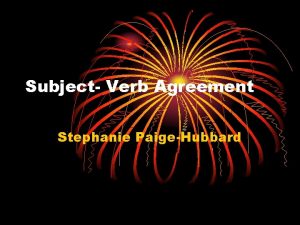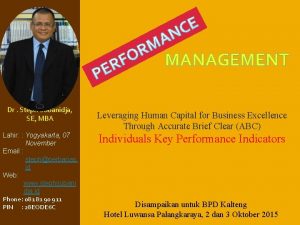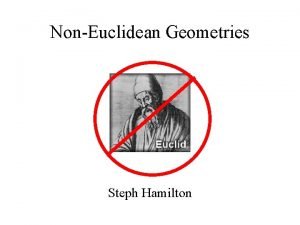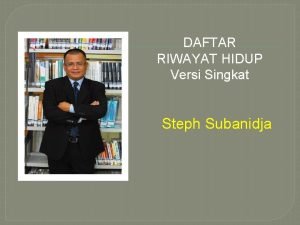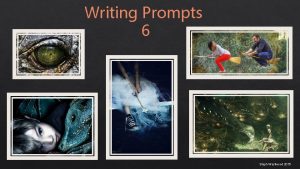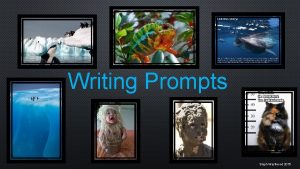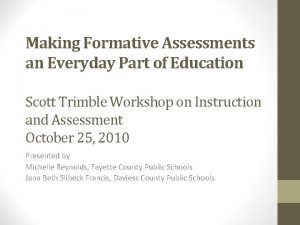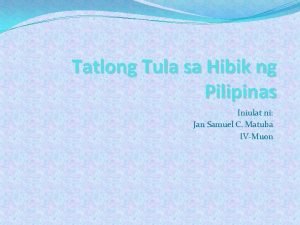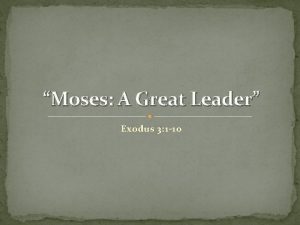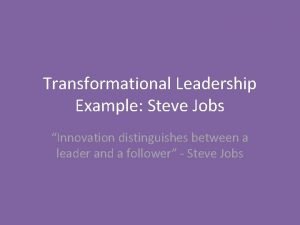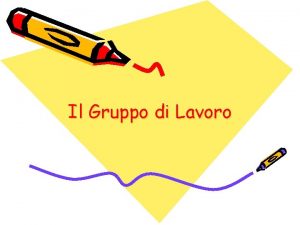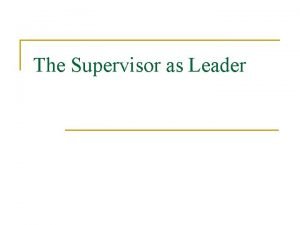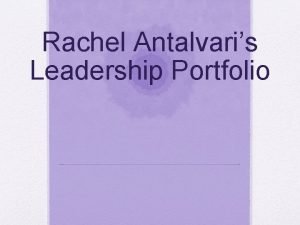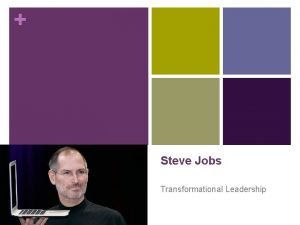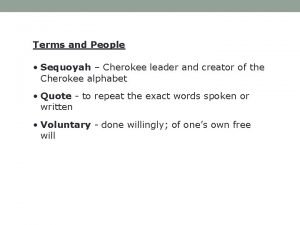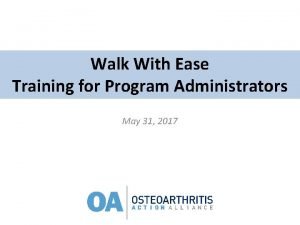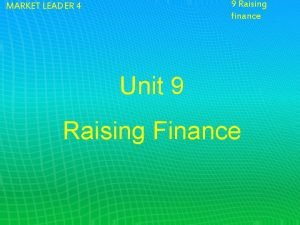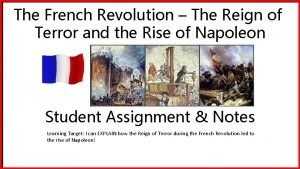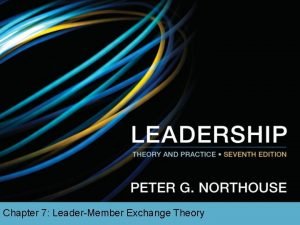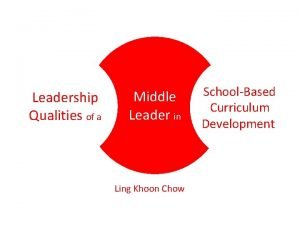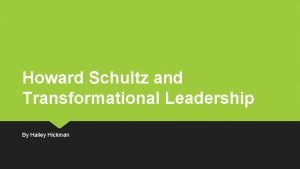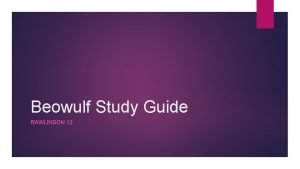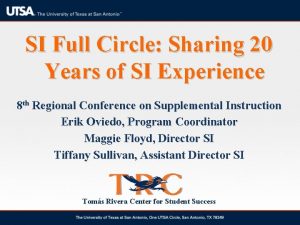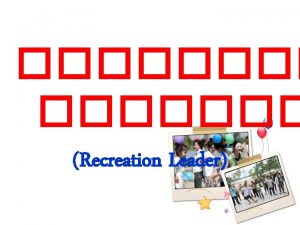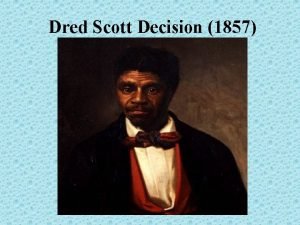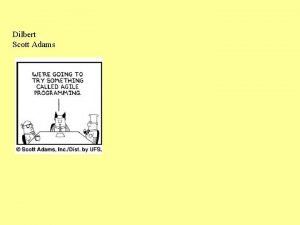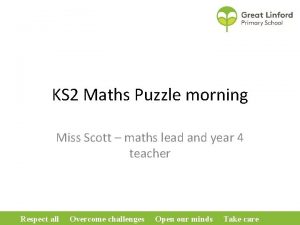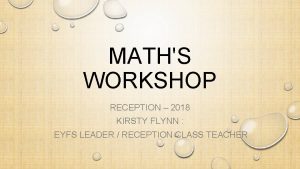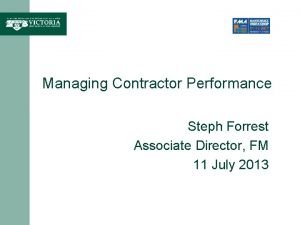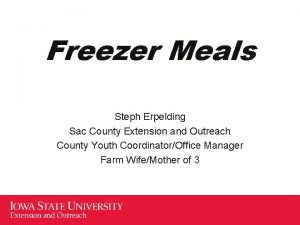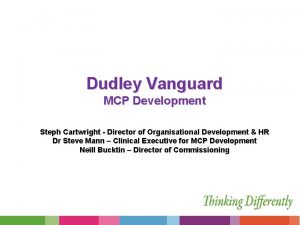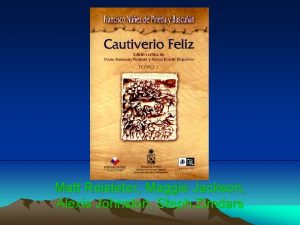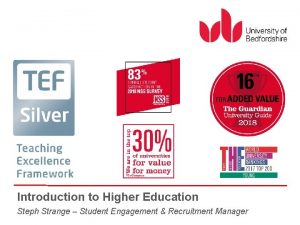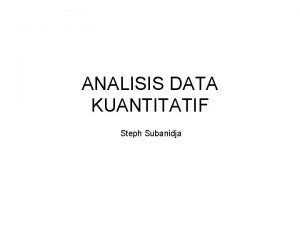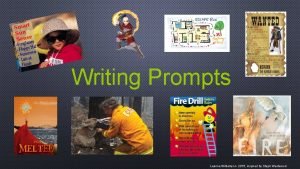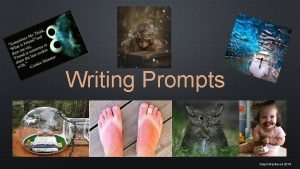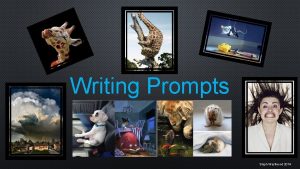KS 1 Maths Workshop Steph Scott Maths Leader
































- Slides: 32

KS 1 Maths Workshop Steph Scott – Maths Leader and Year 4 Teacher Sophie Parish – Year 2 Teacher

New curriculum � New curriculum introduced in 2014 � 2016 first year of new SATs � Higher expectations � More focus on fluency, problem solving and reasoning

Term Year 1 Year 2 Autumn 1 Number and place value Addition and subtraction Autumn 2 Geometry Number and place value Addition and subtraction Spring 1 Number and place value Time Length and height Addition and subtraction Measures(Length and Mass) Statistics Multiplication and Division Money Geometry Spring 2 Multiplication and division Fractions Summer 1 Number and place value Four operations Summer 2 Money Weight and Volume Time Capacity, volume and temperature Four operations Position and direction

Connective Model Symbols Vocabulary Models and images Apparatus and real world context

Resources � Numicon � Beadstrings � Base 10 � Counters � Cubes � Numberlines � 100 squares � Place value arrow cards

Addition in KS 1 � Children start by using a range of different resources to count and add

Addition in KS 1 � We introduce them to the part-part whole model.

Addition in KS 1 � Learning to add on a number line

Addition in KS 1 � Addition using a 100 square

Addition in KS 1 � Children learn to partition numbers into hundreds, tens and units. This then becomes another method for addition.

Addition in KS 1 � Learning to draw pictorial representations of dienes/base 10. � Using pictorial representations in a column format.

Subtraction in KS 1 � Taking � Finding away the difference

Subtraction in KS 1 � Using bar models, or part-part whole models, to understand taking away, finding the difference and inverse operations.

Subtraction in KS 1 � Solve using inverse operations (part-part whole models) ◦ E. g. 6 + ? = 10 � Counting back using fingers, cubes, beadstrings, numicon. � Using partitioning skills, numberlines to count back, 100 squares

Subtraction in KS 1 � Subtracting using dienes as pictorial representations

Subtraction in KS 1 � Subtraction on a numberline

Multiplication in KS 1 � Children learn to count in 2 s, 5 s and 10 s. � Learn to count objects which are already grouped ◦ Pairs of socks ◦ 5 p coins ◦ Dienes blocks

Multiplication in KS 1 � Children understand multiplication as repeated addition. � Y 1 curriculum does not expect children to know the x symbol.

Multiplication in KS 1 � Children record in an array 4 x 5 4+4+4

Multiplication in KS 1 � Children calculate using repeated addition on a number line for tables they don’t know by heart. � Children expected to know their 2, 5 and 10 times tables. � Children need to be able to count on from any number in 2 s, 3 s, 5 s or 10 s.

Multiplication in KS 1 � Children begin to learn that numbers can be partitioned in order to multiply easily. � Children show this using arrays and base 10. ◦ E. g. 4 x 10 is the same as 2 x 10 + 2 x 10

Division in KS 1 � Children begin to learn about sharing and grouping. � Sharing: ◦ Sharing out into a set number of groups to work out how many will be in each group. � Grouping: ◦ Putting into groups of set amounts to work out how many groups there will be.

Division in KS 1 � Children use beadstrings, cubes, counters, base 10 etc to aid their calculations. � Children are not introduced to the ÷ symbol until year 2

Division in KS 1 � Division is understood as the inverse of multiplication. ◦ 12 ÷ 4 is understood as ‘How many 4 s in 12? ’ In KS 1 children expected to be able to solve practical real life division problems dividing by single digit numbers.

Division in KS 1 � Children must also understand it as repeated subtraction. � We may record as arrays and count the groups.

Fractions in KS 1 � Children learn doubling and halving in EYFS. � Children will be assessed on their fractions knowledge in the arithmetic SATs test as well as on the reasoning paper. � Need to know how to calculate halves, quarters and thirds.

Fractions in KS 1 � Fractions contexts: ◦ ◦ ◦ Fractions Fractions are taught in lots of different of numbers of shapes of objects e. g. A length of ribbon of sets of objects e. g. Pencils of distances on a number line While children are still grasping the concept, lessons are very practical.

Fractions in KS 1 � Children need to recognise fractions in different forms.

KIRFs � Key Instant Recall Facts � One per half term � Practise daily to improve fluency and number facts

End of KS 1 SATs � Arithmetic paper and reasoning paper � No concrete apparatus allowed � Not time limited � Teacher can read the questions to them on the reasoning paper. � Children will be unaware of SATs.

What you can do at home � � � Practise KIRFs Sort, group and order things. Practise measuring – e. g. In cooking Find fun puzzles to solve Play games using dice/counting. E. g. Dominoes/snakes and ladders Look for and make patterns e. g. Make beaded bracelets with a pattern of one red, two blue Find shapes and arrays in real life Using the numbered cards in a pack (no picture cards), play number bond snap. Practise telling the time, and discuss how many minutes/hours until certain events in the day. Find symmetry in nature. Spot odd and even house numbers on your street. Small conversations, games, puzzles and patterns can make a big difference. They make maths relevant to the children.

Key Resources we use � Counters � Base 10/dienes � Numberlines � Numicon � Place value grids � Beadstrings � Many of these can be made at home.
 Transactional leadership
Transactional leadership By steph
By steph Steph subanidja
Steph subanidja Steph hamilton
Steph hamilton Steph subanidja
Steph subanidja Steph westwood writing program
Steph westwood writing program Steph westwood writing program
Steph westwood writing program Kwl formative assessment
Kwl formative assessment Katapusang hibik ng pilipinas sa espanya analysis
Katapusang hibik ng pilipinas sa espanya analysis Exodus 3 nkjv
Exodus 3 nkjv Steve jobs as a transformational leader
Steve jobs as a transformational leader Variabile di lavoro
Variabile di lavoro Supervisor as a leader
Supervisor as a leader Lucille leader
Lucille leader Rachel cicini
Rachel cicini Transformational leadership steve jobs
Transformational leadership steve jobs Leader standard work board
Leader standard work board Example of idealized influence
Example of idealized influence Worcester v georgia
Worcester v georgia Oxford dictionary leadership
Oxford dictionary leadership Walk with ease leader training
Walk with ease leader training Unit 9 market leader
Unit 9 market leader Who was the leader
Who was the leader How to be a great leader ted talk
How to be a great leader ted talk Reign of terror king
Reign of terror king Teacher leader endorsement illinois
Teacher leader endorsement illinois Osha spiritual leader
Osha spiritual leader Leader member exchange (lmx) theory
Leader member exchange (lmx) theory Middle leader
Middle leader Trading mondial
Trading mondial Transformational leadership
Transformational leadership Where does beowulf see a tremendous sword
Where does beowulf see a tremendous sword Utsa si
Utsa si

